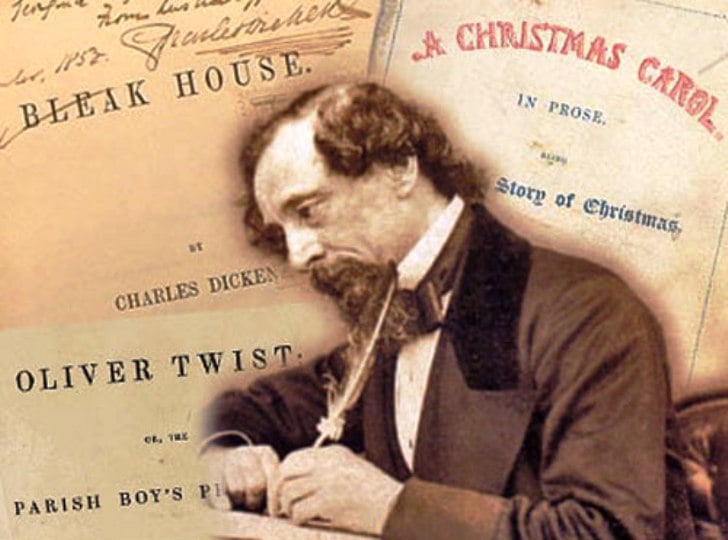As the sun rises over the sprawling metropolis of 19th-century London, the city stirs to life, revealing a tapestry of contrasts.
The era was marked by rapid industrialization, population growth, and social change, making London a microcosm of the Victorian era’s triumphs and tribulations.
The cityscape itself was a mesmerizing amalgamation of architectural styles, reflecting the diverse influences that shaped London’s identity. Towering landmarks like St. Paul’s Cathedral and the Houses of Parliament adorned the skyline, testaments to the grandeur of British architecture.
Yet, nestled amidst these imposing structures were narrow alleyways and dilapidated tenements, where the less fortunate residents of the city struggled to survive.
LONDON – A CITY IN MOTION
London was a city in motion, its bustling streets teeming with people from all walks of life.
The wealthy elite paraded along the fashionable boulevards of Mayfair, showcasing their opulent attire and indulging in the luxuries of the era.
Meanwhile, the working class toiled tirelessly in the factories and workshops that powered the city’s industrial might.
The cacophony of sounds – the clatter of carriage wheels, the cries of street vendors, and the rhythmic clanging of machinery – merged into a symphony that underscored London’s vitality.
THE DIVIDE BETWEEN RICH AND POOR
The city’s social fabric was woven with stark contrasts.
The stark divide between rich and poor was a defining characteristic of Victorian London.
Wealthy neighborhoods boasted elegant townhouses and manicured squares, where the privileged resided in comfort and luxury.
Yet, a short distance away, squalid slums like the infamous Old Nichol housed families in overcrowded and unsanitary conditions, mired in poverty and despair.
THE CITY OF DICKENS
One cannot discuss London in the 19th century without invoking the spirit of Charles Dickens, whose literary works captured the essence of the city and its inhabitants.
Dickens’s characters, from Oliver Twist to Ebenezer Scrooge, provided vivid portraits of the human condition, reflecting both the best and worst of Victorian society.
Through his storytelling, Dickens exposed the harsh realities faced by the urban poor, shedding light on the social injustices that pervaded the city.

DAILY DRAMA IN EVERYDAY LIFE
The streets of London were veritable theatre stages, where daily dramas unfolded.
Covent Garden and Borough Market were vibrant hubs of commerce, alive with the sights, sounds, and smells of trade.
The energy of these bustling markets mingled with the atmospheric allure of places like Whitechapel and Seven Dials, notorious for their darker undercurrents.
These areas became synonymous with crime, poverty, and the shadowy figure of Jack the Ripper, leaving an indelible mark on the city’s history.
A LIFELINE AND REMINDER
The river Thames, flowing through the heart of London, was both a vital lifeline and a haunting reminder of the city’s challenges. Its waters, once pristine and navigable, now bore the weight of industrial pollution and human waste.
The Thames became a potent symbol of the era’s environmental degradation, a backdrop against which the struggle for public health and sanitation played out.
MANY ADVANCEMENTS
London’s transformation was not limited to its physical landscape.
The 19th century witnessed significant advancements in transportation, with the advent of railways revolutionizing travel and connecting the city to the farthest corners of the country.
The steam locomotive, with its billowing smoke and thunderous presence, became a symbol of progress and modernity, forever altering the fabric of London and shaping the city’s expansion.
A TESTAMOUNT TO THE ERA
As the sun sets on 19th-century London, the city settles into an eerie stillness.
Yet, echoes of the day’s bustling activity linger in the air, whispering tales of triumph and hardship.
London, with its contradictions and complexities, stands as a testament to the Victorian era.
